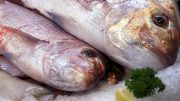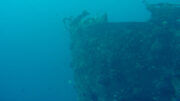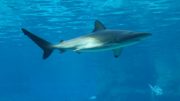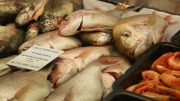The mullet is one of the most abundant species in our bays having a fairly long body with broad, flattened head, small mouth and no lateral line. They are often seen swimming in shoals around piers and jetties in our region. Many of the small bait fish are mullet which are an important source of food for other fishes.
Mullet have slender, rounded bodies with broad, slightly flattened heads. They have two widely separated dorsal fins, the first with four spines have the second with one spine and a varying number of soft rays. Mullet have an olive brown to green-blue coloured back and silver to light yellow sides and belly.
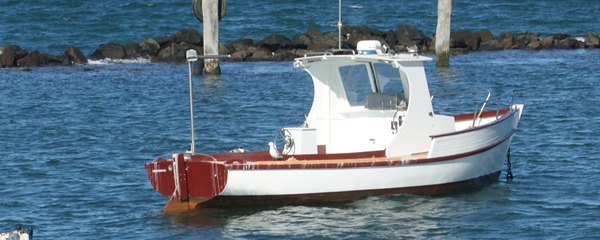
Mullet are mostly found in schools sand and mud bottoms in water depths up to 20m. They are primarily an estuarine resident – particularly in the juvenile phase – but have a broad salinity tolerance and are frequently found both in full sea water and fresh water. Mullet live mainly in estuaries, then move out to sea from April to July to spawn. Females can lay up to 700.000 eggs in a season, the young feed on algae and small crustaceans on the surface of the water.
They eat a wide range of both plant and animal matter. They feed mainly on detritus – including algae and sea grass particles, but will also feed on plankton and a variety of small invertebrate animals when available. They are one of the few mullet species which readily take a baited hook.
Mullet are generally not as keenly sought by anglers as other prime target species such as snapper, bream and whiting. However, mullet are an important component of the recreational catches of shore-based anglers . They are most often caught using barely and a small baited hook hung under a float near the surface.
The flesh of this species is soft but quite tasty provided it is eaten soon after capture. Although not very popular in Australia edible parts include roe and milt, which are said to be delicious smoked. These are favored by the Japanese and much sought after in Japan. Here in Australia they are baked, grilled and even smoked. As the fish has a fairly strong fishy taste so vegetables like garlic, tomato and onion go well with the fish. It is really tasty made into a Mediterranean style dish. Skinning the fish and removing the fatty tissue under the skin gives it a much milder flavor. During the spawning season the fish contains more oil than it does in the rest of the year.
At the time of writing this, there was no minimum legal length for recreational catching of yellow-eye mullet in Victoria, as stocks of this species are considered to be under no threat from present levels of fishing pressure. Ensure you check with authorities before taking any seafood from our waters as rules and regulations and change on a regular basis, including where you can fish and even what bait you can use.

Mullet Croquettes.
A very tasty and easy to prepare recipe. As mullet doesn’t freeze too good, you can cook these patties up and freeze them for a few weeks. This will make about 30 croquettes.
1.5 kg of mullet meat, 2 stalks of celery, 1 carrot, 4 drops of Tabasco sauce, 1/2 teaspoon of salt, ½ teaspoon of pepper, 1 sprig of chopped parsley, ½ cup of milk, additional 1/3 cup milk, ½ teaspoon of paprika, ¾ cup of plain flour, 2 eggs and bread crumbs. 1 kg of potatoes Oil for cooking.
Beat egg into 1/3 cup of milk and stand, Mince the fish fillets, boil the potatoes and mash, grate remainder of vegetables, add the herbs and spices, milk and flour. Mix all ingredients together, Make into ball and roll egg and milk mixture. Coat in bread crumbs and fry until brown.

